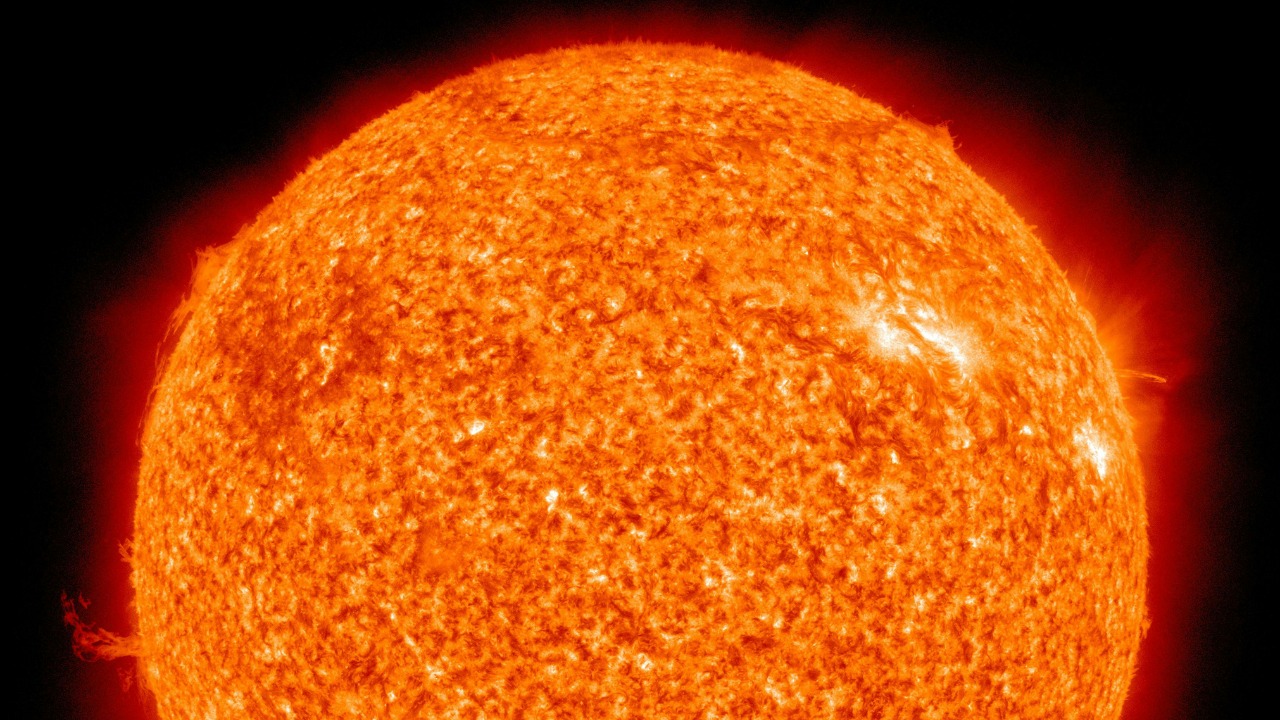
Solar flares, powerful bursts of radiation from the sun, have the potential to severely impact the Earth’s power grids. These natural phenomena can disrupt communications, damage infrastructure, and lead to significant economic consequences. Here are ten key reasons why solar flares pose a threat to power grids.
1) Disruption of Satellite Communications
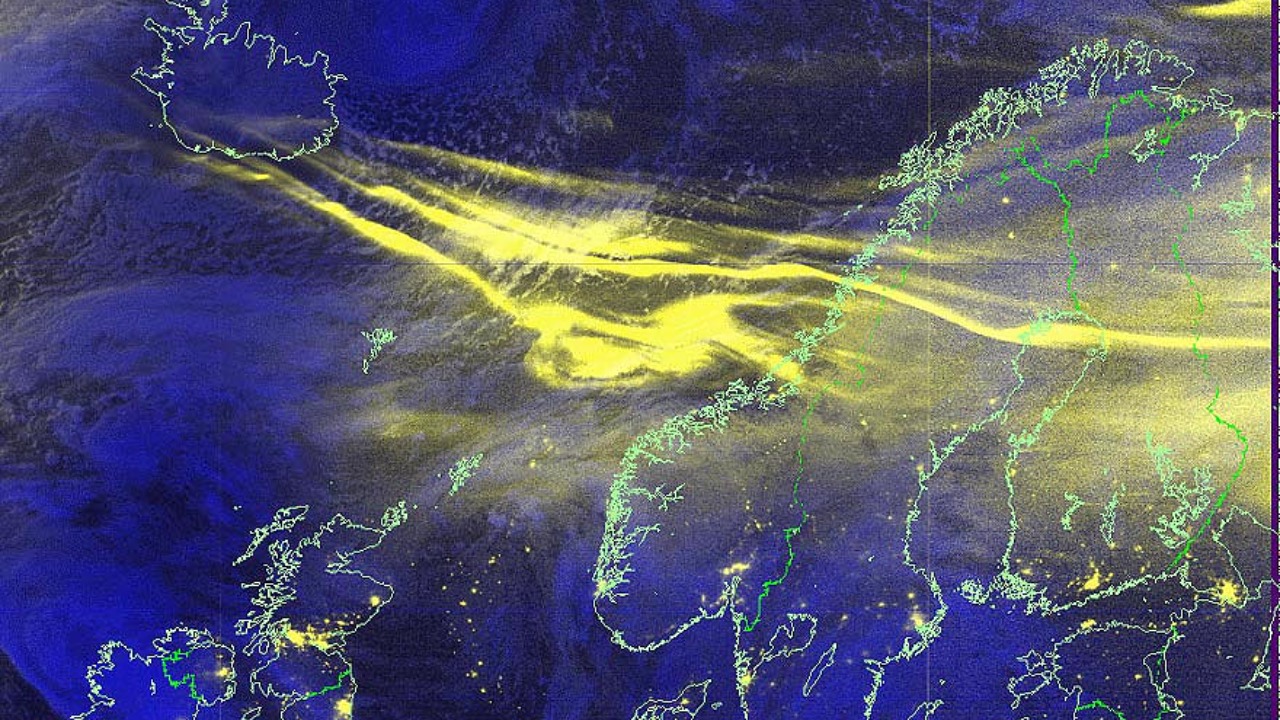
Solar flares can emit bursts of electromagnetic radiation that interfere with satellite signals. This interference can disrupt services such as television, internet, and mobile networks, which rely heavily on satellite communications. For instance, the 2003 Halloween solar storm caused widespread disruption to satellite-based systems.
Without reliable satellite communications, grid operators may face challenges in maintaining stability and coordination. The loss of real-time data can lead to errors in grid management, further exacerbating the potential for power outages.
2) Damage to Power Transformers

One of the most direct impacts of solar flares is the potential damage they can cause to power transformers. These critical components of the power grid can overheat and fail during intense solar storms. The 2012 solar storm narrowly missed Earth, but it highlighted the vulnerability of transformers to geomagnetic disturbances.
Transformer damage can lead to prolonged power outages, as these components are costly and time-consuming to replace. This not only affects residential areas but also critical infrastructure such as hospitals and emergency services.
3) Induction of Geomagnetically Induced Currents (GICs)
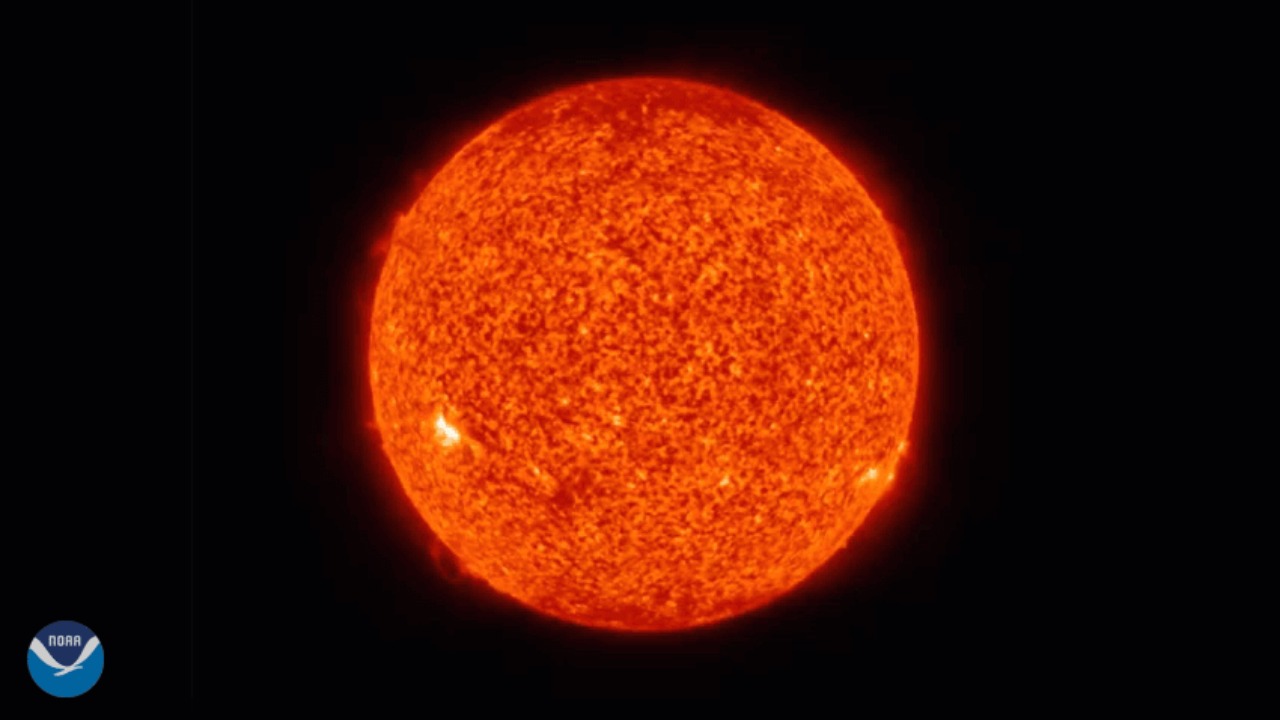
Solar flares can induce geomagnetically induced currents (GICs) in power lines. These currents can cause transformers and other grid components to overheat, leading to equipment failure. The 1989 Quebec blackout is a prime example of how GICs can wreak havoc on the power grid.
GICs can travel through the Earth’s crust and into power lines, creating a cascade of failures that can impact large areas. This makes it crucial for grid operators to monitor and mitigate the effects of these currents during solar storm events.
4) Overloading of Power Lines
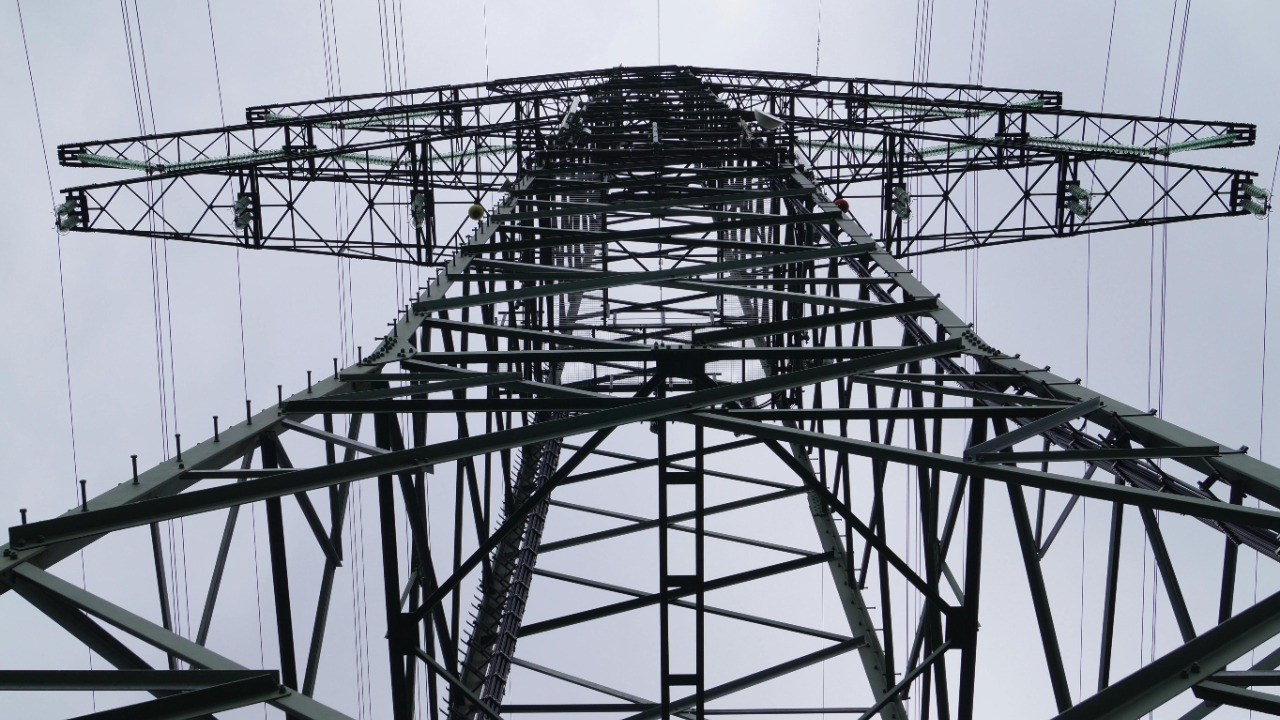
Power lines can become overloaded due to the increased electrical currents induced by solar flares. This overloading can cause power lines to sag or even fail, leading to widespread power outages. The increased current can also damage other grid components, compounding the problem.
Grid operators must be vigilant in managing the load on power lines during solar storms to prevent overloading. This includes rerouting power and implementing protective measures to minimize the risk of failure.
5) Increased Risk of Power Outages
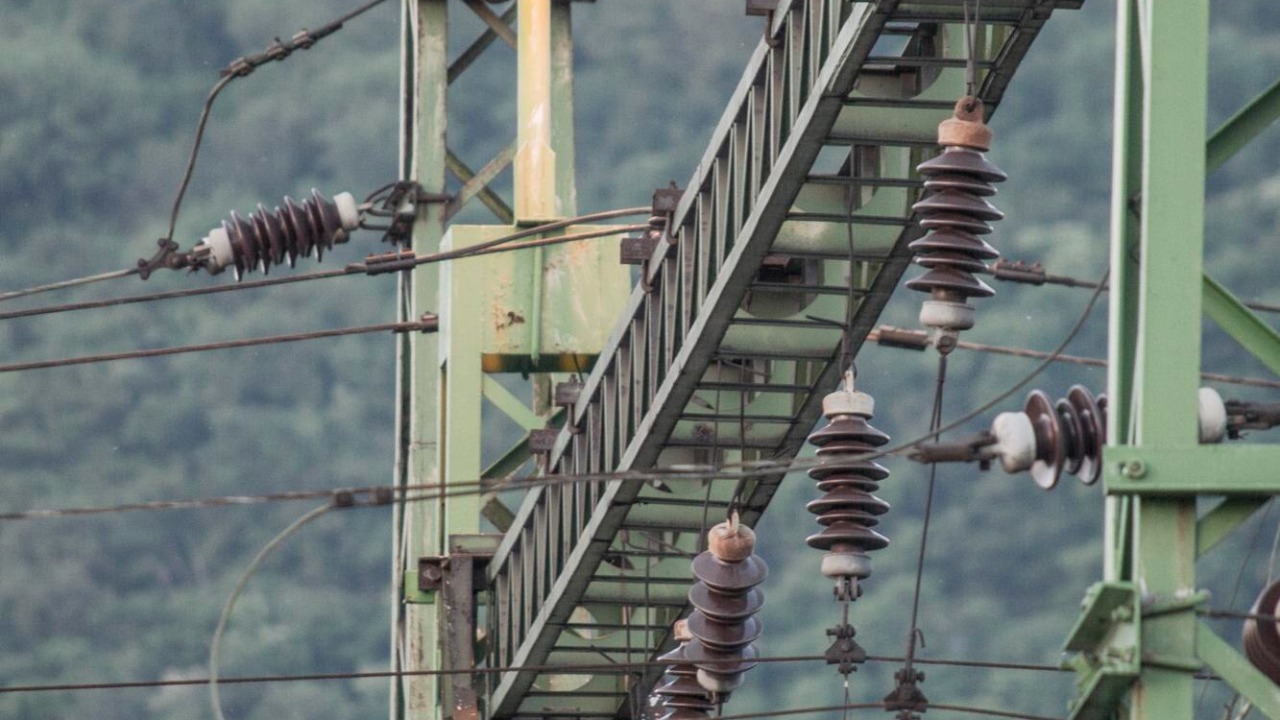
The cumulative effects of solar flares on the power grid can lead to increased risk of power outages. Disrupted communications, damaged infrastructure, and overloaded systems create a perfect storm for widespread blackouts. A large solar storm has the potential to knock out power for days or even weeks.
Power outages can have far-reaching consequences, affecting everything from basic home conveniences to critical services such as healthcare and transportation.
6) Impact on GPS Systems

Solar flares can disrupt GPS systems, affecting navigation and timing services. This can have significant implications for industries that rely on precise location and timing data, such as aviation and shipping. The loss of GPS signals can lead to delays and increased risk of accidents.
GPS disruptions can also affect the synchronization of power grids, which rely on accurate timing data to maintain stability. This can further exacerbate the challenges faced by grid operators during solar storm events.
7) Compromise of Air Traffic Control Systems
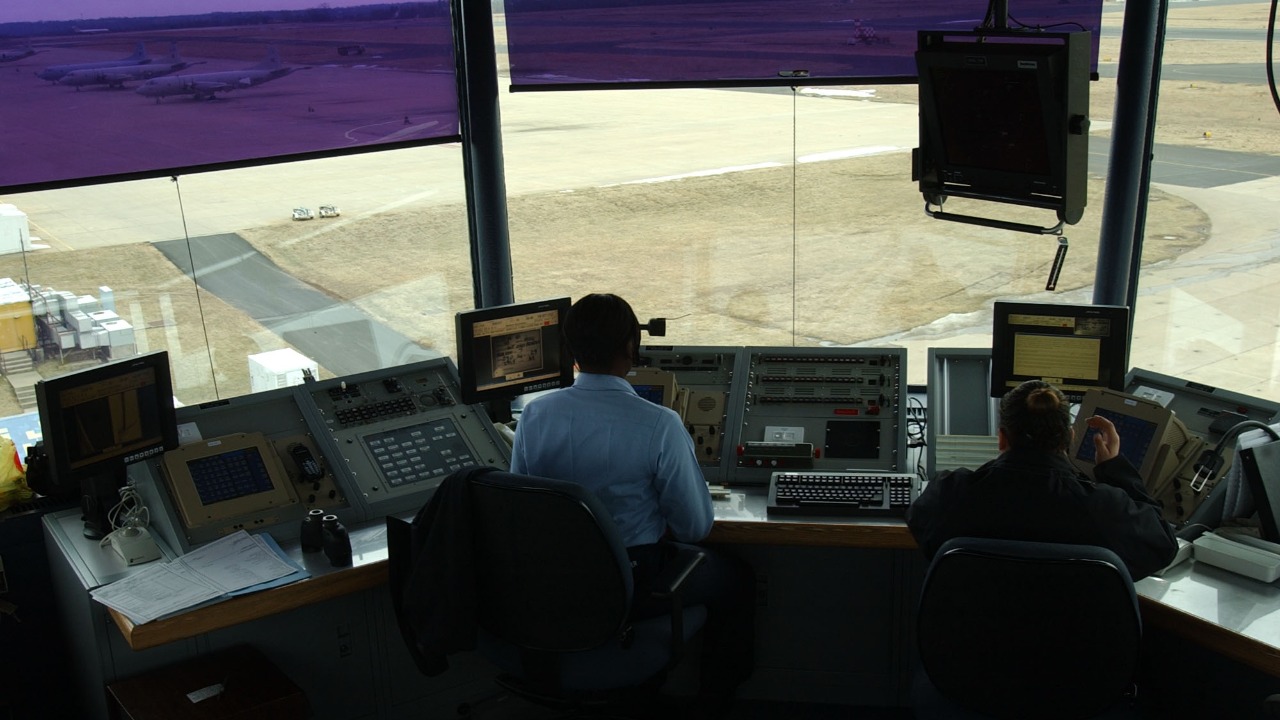
Air traffic control systems are vulnerable to the effects of solar flares. Disrupted communications and GPS signals can compromise the safety and efficiency of air travel. The 2014 solar flare event caused temporary loss of high-frequency radio communications, affecting aviation operations.
Air traffic controllers must be prepared to manage flights without relying on compromised systems, increasing the risk of delays and accidents. This highlights the importance of robust backup systems and protocols to ensure safety during solar storm events.
8) Vulnerability of Electrical Infrastructure
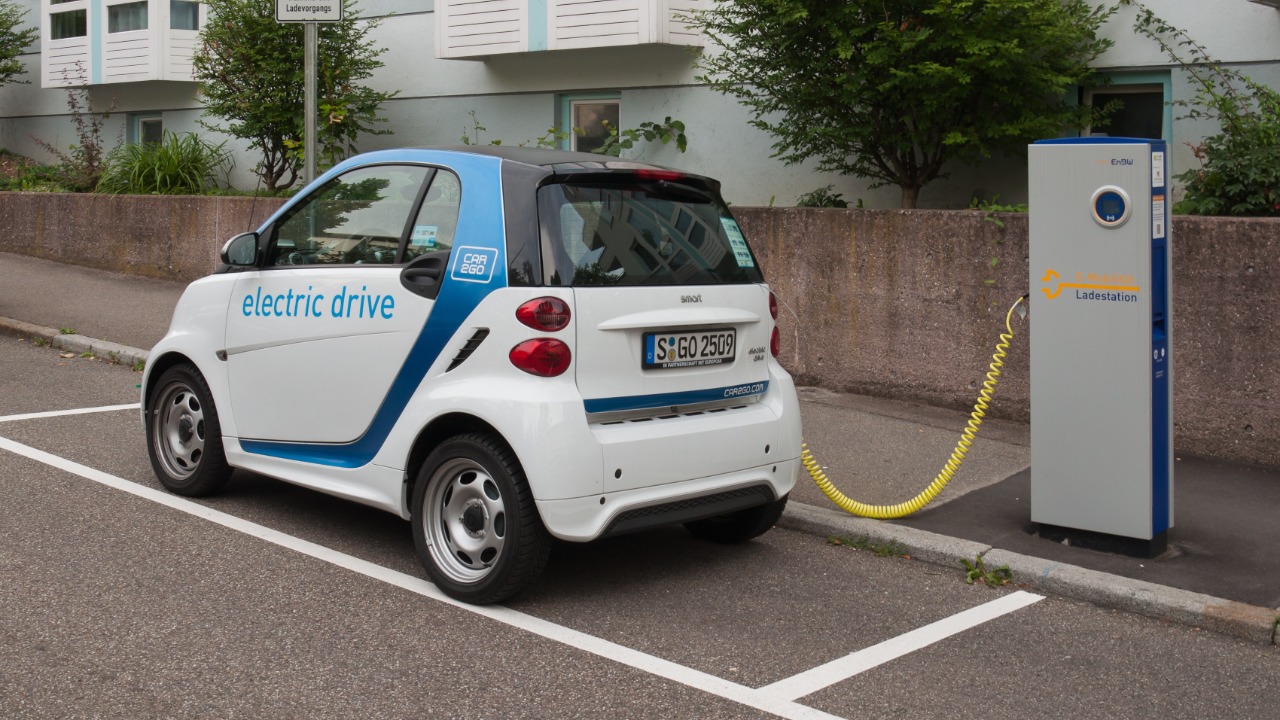
Electrical infrastructure is inherently vulnerable to the impacts of solar flares. Aging equipment and outdated systems are particularly at risk of failure during intense solar storms. The need for modernization and investment in robust infrastructure is critical to mitigating these risks.
Upgrading infrastructure to withstand the effects of solar flares can help prevent catastrophic failures and ensure the resilience of the power grid. This includes implementing advanced monitoring systems and protective measures to safeguard against geomagnetic disturbances.
9) Surge in Energy Demand and Supply Imbalance

Solar flares can lead to a surge in energy demand and supply imbalance. Disruptions to power generation and transmission can create mismatches between supply and demand, leading to instability in the grid. The increased demand for power during outages can further strain the system.
Managing energy demand and supply during solar storm events requires careful planning and coordination. Grid operators must be prepared to balance load and implement demand response strategies to maintain grid stability.
10) Economic Consequences of Grid Failures

The economic consequences of grid failures due to solar flares can be severe. Prolonged power outages can disrupt businesses, leading to significant financial losses. The impact on critical infrastructure can also have cascading effects on the economy.
Investing in infrastructure and preparedness measures can help mitigate the economic impact of solar flares. By understanding the risks associated with solar flares, policymakers and industry leaders can take proactive steps to safeguard the power grid and minimize economic disruption.